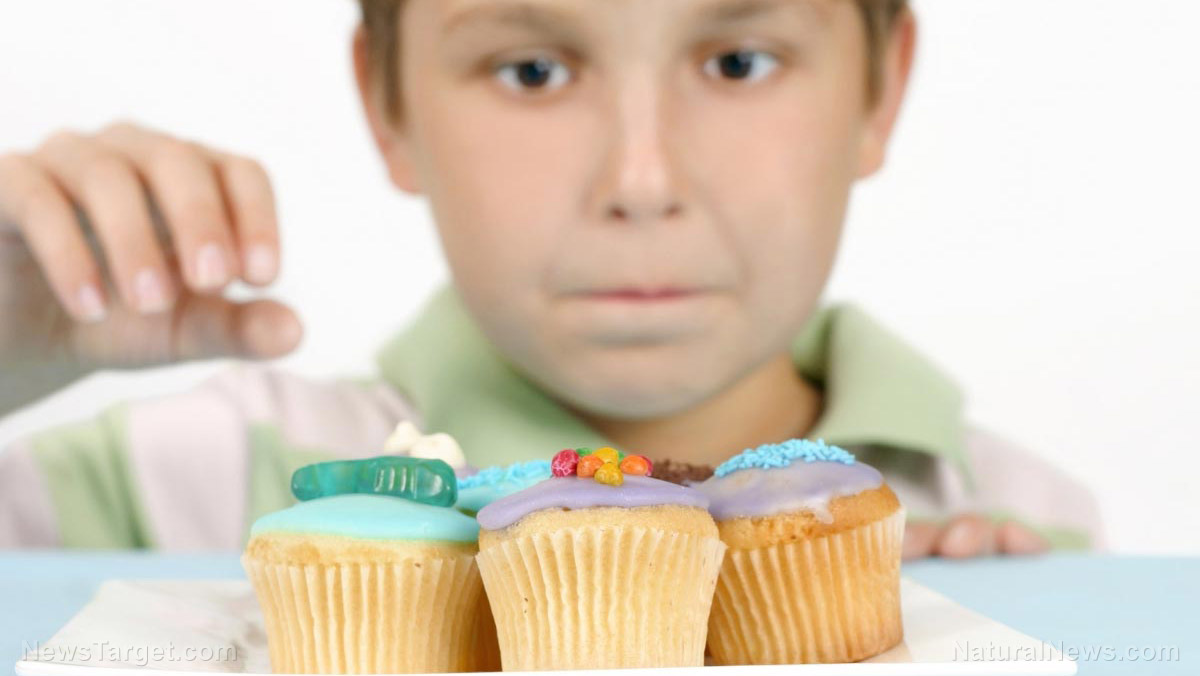Your sweet tooth may actually be indicative of dulled taste according to researchers from Cornell who found that those with a diminished ability to taste choose sweeter, and more likely higher-calorie, food. This, they warn, could lead to the downward spiral of obesity and associated conditions such as diabetes and cardiovascular illnesses. The results of this new study, published in Appetite, could help health and wellness experts design better preventive and management programs aimed at addressing the growing obesity crisis.
Nutritionists have suspected a connection between taste sensitivity and one’s food preference for some time, but no scientific study has ever validated the relationship — particularly if loss of taste manipulated food cravings. Lead author Robin Dando told Science Daily, “we found that the more people lost sensitivity to sweetness, the more sugar they wanted in their foods.”
To reach this conclusion, Dando and his team dulled the taste buds of the participants using a naturally-occurring herb, Gymnema Sylvestre, which is studied to temporarily block sweet receptors. Participants were then told to add their preferred level of sweetness to bland food items. Dando observed that participants whose tastes were dulled tended to gravitate towards the eight to 12 percent sucrose syrup. The more the receptors were blocked, the higher the concentrations of sugar the participants preferred. The authors wrote in their paper that soft drinks generally have around 10 percent sugar; a connection that could not be seen as a “coincidence.”
“Others have suggested that the overweight may have a reduction in their perceived intensity of taste. So, if an overweight or obese person has a diminished sense of taste, our research shows that they may begin to seek out more intense stimuli to attain a satisfactory level of reward,” they wrote. Dando goes even further, staying that eating habits are formed to adapt to a lower taste response.
The study also noted that for people whose taste was reduced by 20 percent, they would want an additional teaspoon of sugar in a regular 16-ounce soft drink.
Let’s crunch the numbers.
The average American drinks around 38 gallons of soda a year. This is equivalent to five 16-ounce cans a week. A typical 16-ounce can contains between 10 to 13 teaspoons of sugar. Most health groups recommend a maximum daily intake of six teaspoons of sugar for women and nine teaspoons for men. But on average, with added sugar in many foods, we consume much more than that per day. This is not assuming that our sense of taste is dulled in the first place. If it is, we would want an additional teaspoon just to reach our desired level of sweetness.
Public Health experts at the Harvard T.H. Chan Facility noted that one in four Americans get at least 200 calories of their daily diet from soft drinks, with the beverage being the top calorie source for teens, beating out even pizza. Those who consume sugary drinks regularly (around one to two cans a day) gained more weight (an average of a pound every four years) than those who did not. In fact, one study concluded that for each additional 12-ounce can of soda children consumed each day, the likelihood of them being overweight or obese within the next year and a half increased by a whopping 60 percent.
Does that still leave a good taste in your mouth? Here are even more juicy things to consider.
New research is being published on the negative effects of laundry detergents. Not only do the synthetic chemicals pollute the environment (and consequently lead to marine life being more susceptible to disease), it also affects our sense of smell and taste. The artificial fragrances in laundry products are incredibly strong irritants. These can trigger asthma attacks, aggravate allergies, and even dull taste.
Sources include:


